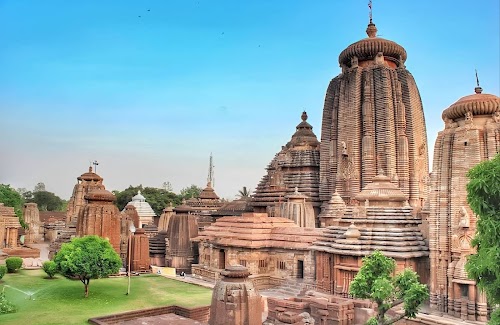
Mukteswar Temple
Bhubaneswar, India
- Explore the temple's intricate carvings and sculptures
- Learn about the history of the Somavamsi dynasty
- Soak in the peaceful atmosphere of the temple complex
- Witness the beautiful stone archway adorned with carvings
Known for:
Description:
The Mukteswar Temple in Bhubaneswar, India, is an architectural marvel renowned for its intricate carvings and stunning gateway. Built in the 10th century AD, this temple is dedicated to Lord Shiva and is considered a gem of Kalinga architecture. Its compact size and exquisite details make it a photographer's delight. The temple's red sandstone structure is adorned with sculptures of deities, humans, and mythical creatures, showcasing the skill of ancient Indian artisans. A visit to Mukteswar Temple offers a glimpse into India's rich cultural and architectural heritage.
History:
The Mukteswar Temple, built around 950-975 AD, marks a significant stage in the development of Kalinga architecture. It precedes the grand Sun Temple of Konark and showcases the perfected form of the style. The temple's name, "Mukteswar," translates to "Lord of Freedom," possibly referring to liberation from the cycle of rebirth. Commissioned by King Yayati I of the Somavamsi dynasty, it stands as a testament to their patronage of art and architecture. The temple's influence can be seen in later temples built in the region, making it a crucial link in the evolution of Kalinga architectural style.